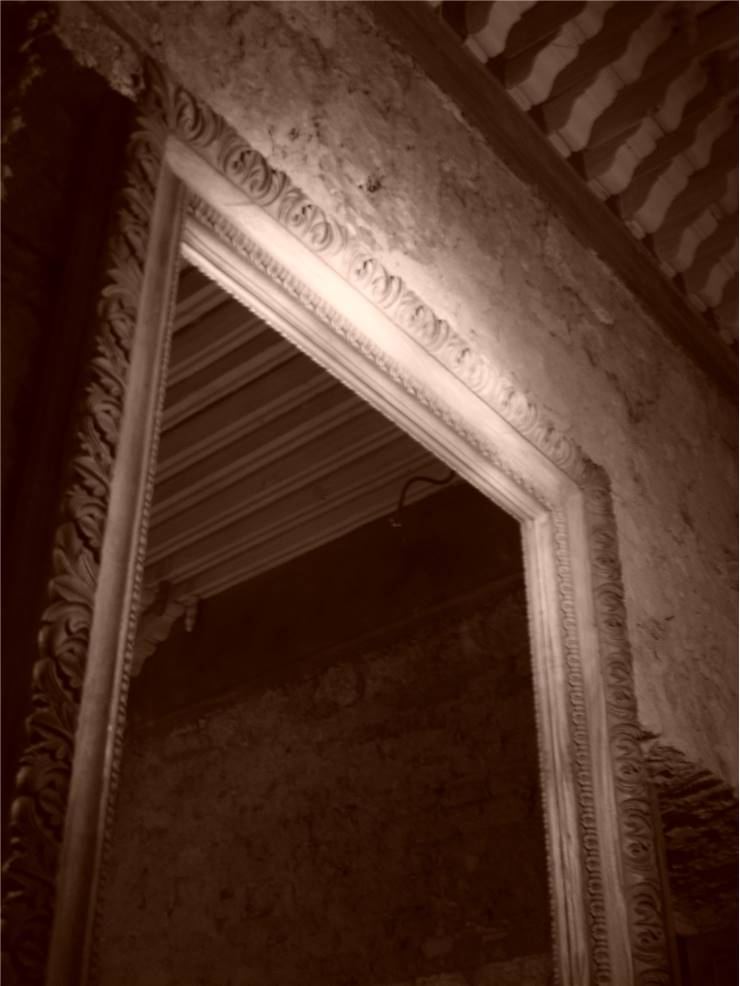The Inventor of Mirror
Paste your document herePeople have been using mirrors throughout the history for many purposes including viewing one's own reflection, decoration, scientific instruments, safety, and entertainment.
While glass mirrors are the most common and popular today, mirrors used to be made from a variety of material in ancient times including copper, steel, silver and gold.
The first mirrors used by people were most likely water collected in a primitive vessel of some part. The earliest manufactured mirrors are attributed to the people that lived in the area of modern Turkey. They used pieces of polished obsidian, a naturally occurring volcanic glass. The earliest found samples date back to around 6000 BC.

Polished cooper mirrors were crafted by Babylonians from 4000 BC, and ancient Egyptians developed their own mirrors of polished copper from around 3000 BC. Copper, bronze and speculum alloy mirrors have been produced in China and India from around 2000 BC. Mirrors of speculum metal or any precious metal were not easy to produce and they were expensive and were only owned by the wealthy.
Mirrors with glass as their component are said to have been invented in Sidon (modern-day Lebanon) in the first century AD. The Romans invented a method for creating crude mirrors by coating blown glass with molten lead. In Greco-Roman antiquity and throughout European Middle Ages the mirrors were simply slightly convex disks of metal, bronze, tin, or silver, that reflected light off their highly polished surfaces.
Chinese started manufacturing mirrors with the use of silver-mercury amalgams as early as 500 AD. Some time during the early Renaissance, a superior method of coating glass with the tin-mercury amalgam was invented in Europe. In the 16th century, Venice became a center of mirror production using this new method. These mirrors were very expensive. The other important manufacturer was the Saint-Gobain factory, founded by royal initiative in France.
The invention of the first modern mirror is credited to German chemist Justus von Liebig. In 1835, he perfected the technique of applying a layer of metallic silver to the back of a pane of glass through the chemical reduction of silver nature. The silvering process was a template for the first mass production of the modern mirror and led to the greater availability of affordable mirrors. Until then, the mirrors were a luxury item, which only the nobility could afford.
Today, mirrors are often manufactured by the vacuum deposition of aluminum or silver directly onto the glass substrate.
